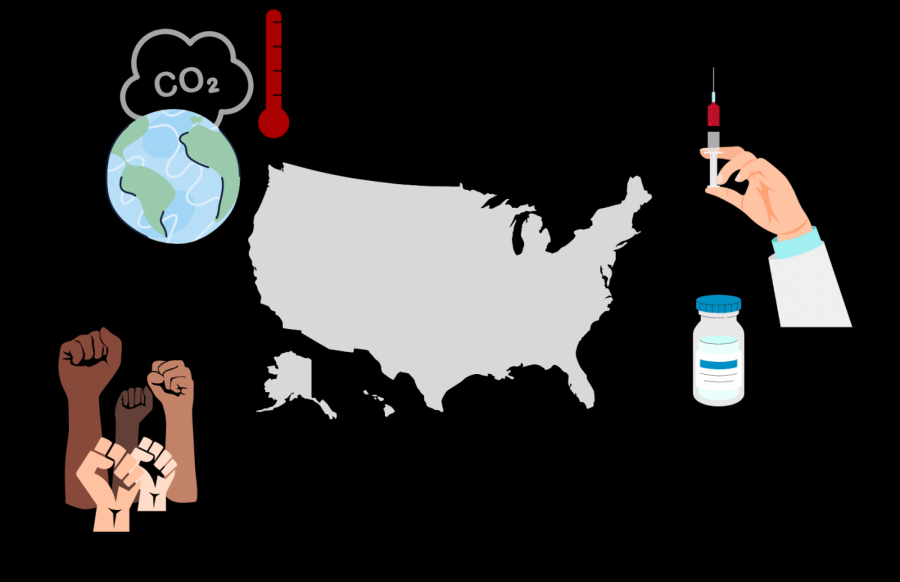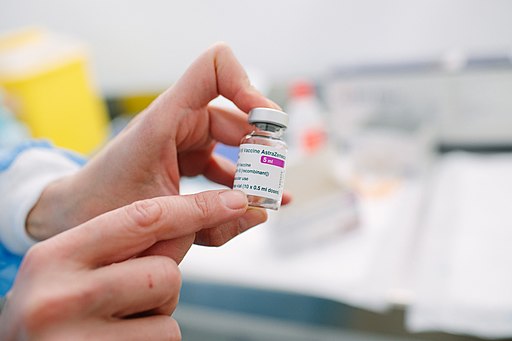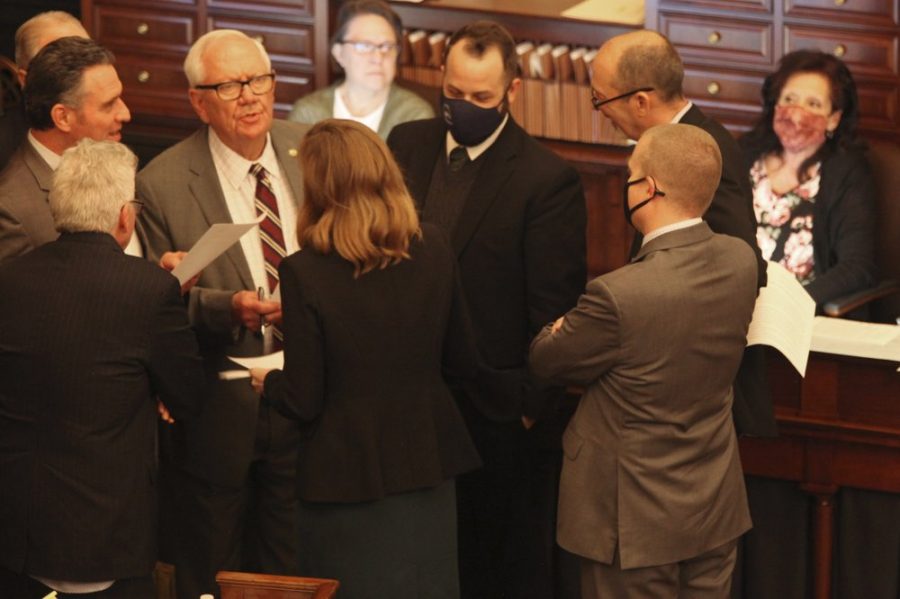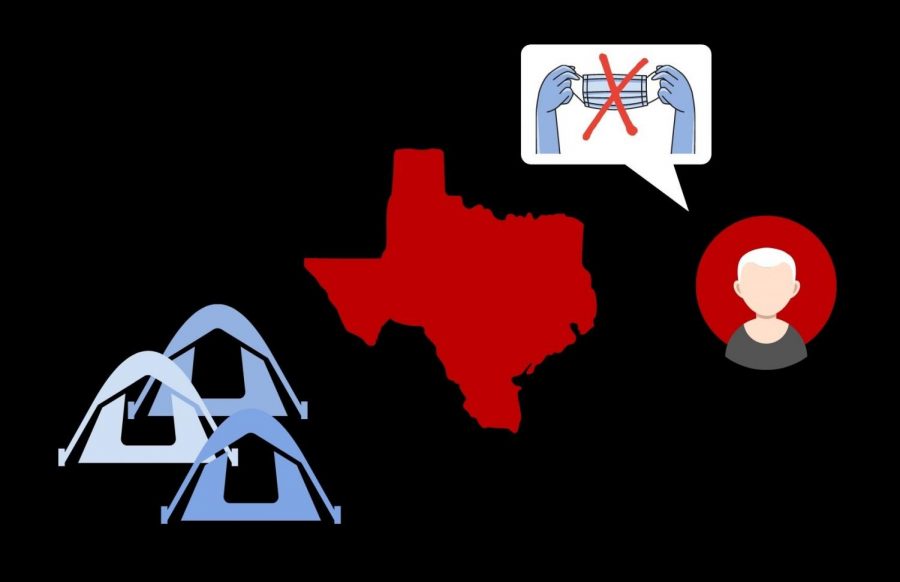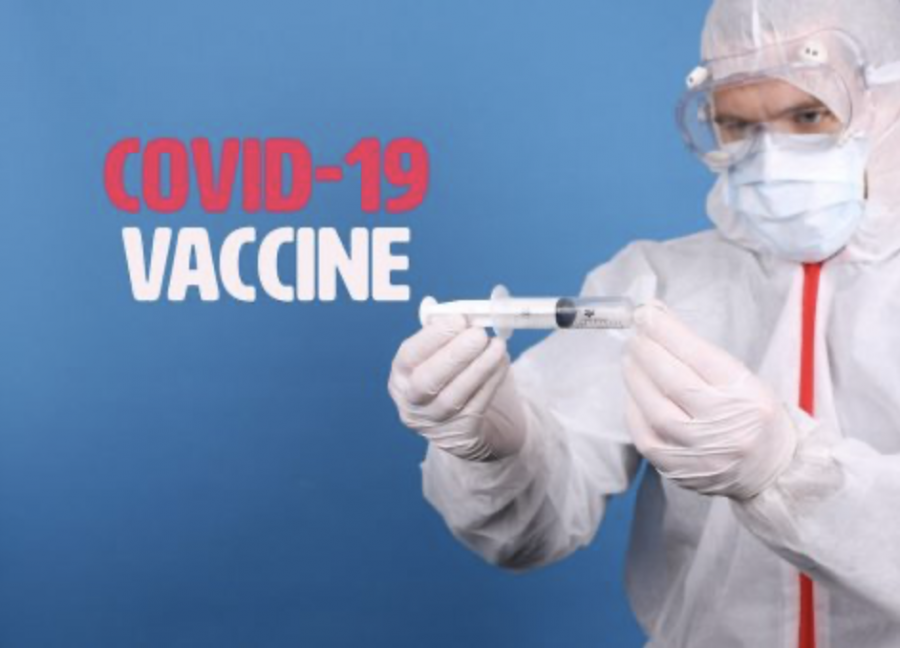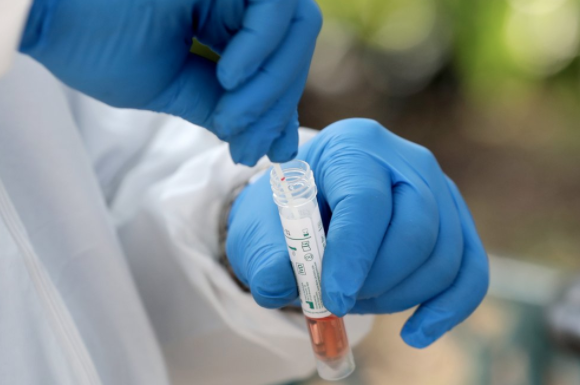
Although a majority of states have been loosening up their shelter-in-place guidelines, many still have not been able to provide adequate levels of testing for citizens.
According to a recent analysis run by the Associated Press, the amount of testing in most states has been less than the suggested amounts that were recommended by federal and public health officials. Though these suggestions are still vague and not entirely official, states have not begun rigorous testing, which, according to public health experts, may lead to more shutdowns in the future.
However, it is a definite struggle for the states, as they have been trying to repair their economies as soon as possible, and the broader availability of testing would have a significant affect on that.
Testing is currently only available for first responders, individuals that are at high risk, and patients that have already been hospitalized. For the virus to be completely contained, however, public health experts have stated that the scale of testing has to vastly expand, encapsulating patients that have blatant symptoms as well as those who do not.
To help out with the deflated economies of the states, federal officials announced at a recent White House briefing that they would be able to provide the necessary materials needed to test at least 2.6% of each state’s populations in the two following months. These officials, as well as officials from the United States Department of Health and Human Services, did not provide any further details on why that percentage was selected.
Many health experts have begun speaking up against the 2% testing threshold, as it does not go hand in hand with the guidelines provided by the Centers for Disease Control (CDC) and is exceptionally vague compared to them.
“The guidelines are not to test 2%,” said Dr. James Curran, an assistant U.S. surgeon general that had worked at the CDC for over 20 years. “The guidelines are to test who needs it.”
Several other officials, such as Ashish Jha, the director of the Harvard Global Health Institute, agree with Curran, stating that 2% seems to be “an absolute bare minimum.”
Despite all of these efforts, less than half of the states in the U.S. have been able to meet the 2% guideline thus far. As financial support from the government is put into action, this number will likely rise, and tests will become even more widely available.
As bans are slowly being lifted and states are beginning to reopen, it is crucial that testing takes over a much broader span of individuals to prevent any further outbreak.


